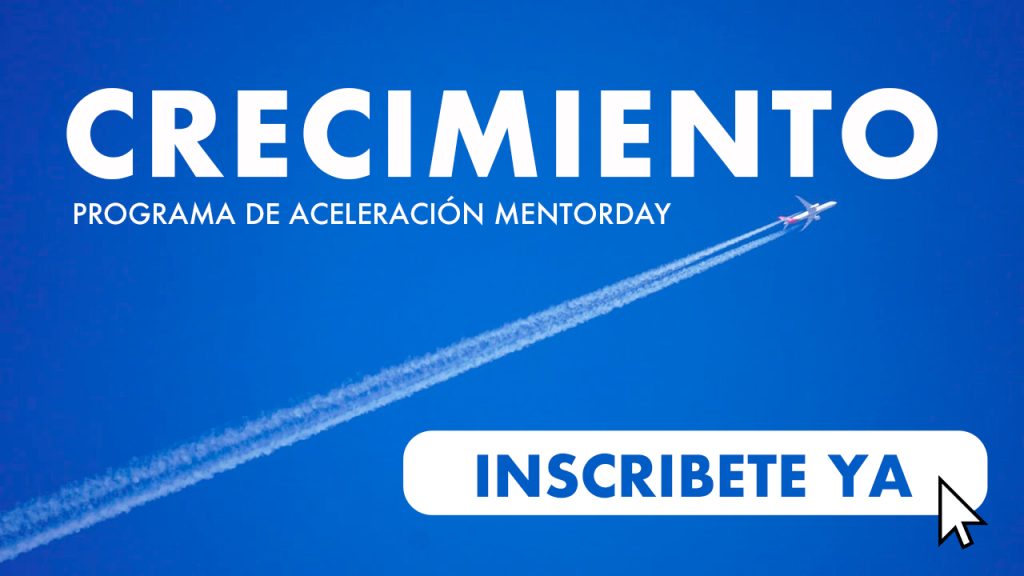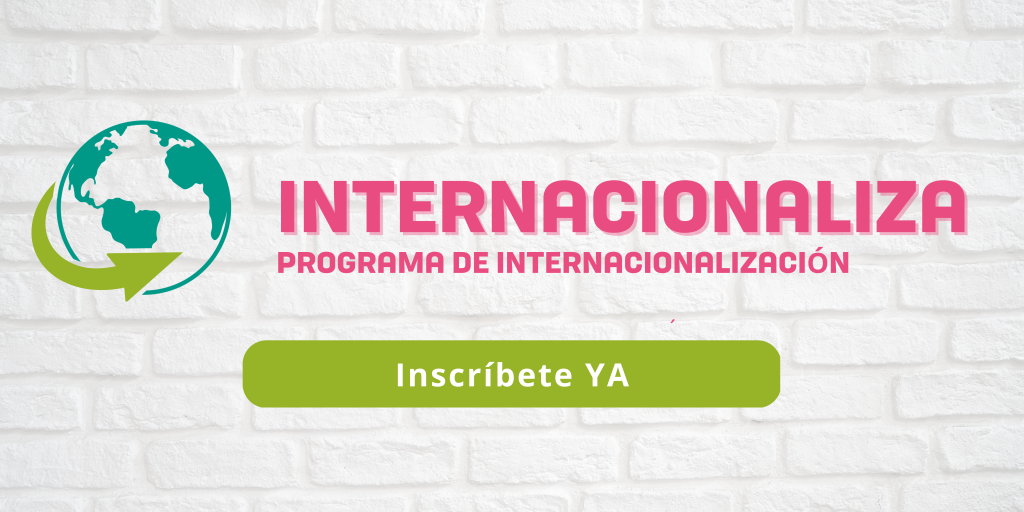LA COBRANZA DOCUMENTARIA
Acelera tu empresa con estos consejos de expertos que cuenta sobre «La cobranza documentaria». ¡Analiza y descubre esta TIP!
La cobranza documentaria es un método de pago utilizado en el comercio internacional en el cual un banco interviene en la transacción para garantizar el cumplimiento de las obligaciones de pago y entrega de documentos entre el exportador y el importador.
En el caso del pago a la vista, el exportador envía los documentos al banco del importador para que este los presente y cobre el pago correspondiente. Una vez que se recibe el pago, el banco libera los documentos al importador para que pueda tomar posesión de la mercancía. Este método es favorable para el exportador ya que mantiene el control de los documentos hasta que se realiza el pago, lo que reduce el riesgo de impago.
En el caso de la aceptación a la vista de la letra de cambio, el banco que cobra entrega los documentos al importador una vez que ha aceptado la letra de cambio, es decir, ha asumido la obligación de pagar en una fecha determinada. Este método representa menos riesgos que el pago directo y anticipado, ya que el banco actúa como intermediario y garantiza la aceptación y el pago de la letra de cambio.
Sin embargo, es importante tener en cuenta que la intervención de los bancos en la cobranza documentaria no constituye una garantía absoluta en el cumplimiento de las obligaciones contractuales entre las partes, por lo que es importante evaluar cuidadosamente los riesgos y beneficios antes de elegir este método de pago.
Ventajas e inconvenientes para el exportador de la cobranza documentaria
A continuación, se detallan las principales ventajas e inconvenientes de la cobranza documentaria para el exportador:
VENTAJAS
- Mayor seguridad y control en la gestión del pago por parte del exportador, ya que el banco actúa como intermediario y se encarga de verificar y validar los documentos antes de entregarlos al comprador.
- Mayor protección ante el riesgo de impago o incumplimiento por parte del comprador, ya que el banco solo entrega los documentos cuando se ha producido el pago o la aceptación de la letra de cambio.
- Posibilidad de financiar la operación mediante el descuento de la letra de cambio en el banco, lo que permite al exportador disponer de los fondos antes de la fecha de vencimiento establecida.
- Mayor confianza en la relación comercial con el comprador, al demostrarle que el exportador cuenta con un sistema de control y seguimiento riguroso en el cobro de sus ventas.
INCONVENIENTES
- Mayor complejidad en la gestión y tramitación de los documentos, lo que puede aumentar los costes y plazos de la operación.
- Mayor riesgo de rechazo o discrepancia en los documentos presentados, lo que puede retrasar o incluso impedir el cobro de la venta.
- Posibilidad de que el comprador prefiera otras formas de pago más flexibles y menos restrictivas, lo que puede limitar las oportunidades de negocio del exportador.
- Posibilidad de que el banco intermediario no actúe con la diligencia debida en la verificación y validación de los documentos, lo que puede poner en riesgo la seguridad y protección del exportador.
Pago a la vista (Documento contra Pago):
En este caso, el banco que cobra presenta los documentos al comprador, quien hace el pago y obtiene los documentos para la entrega de la mercancía. Este método es favorable al exportador puesto que, indirectamente, mantiene el control de los documentos hasta que el comprador externo haga el pago.
A la aceptación a la vista de la letra de cambio (Documentos contra Aceptación):
En este caso el banco que cobra entrega los documentos al comprador al aceptar éste la letra de cambio, es decir su obligación de realizar el pago en una fecha establecida.
Representa menos riesgos que el pago directo y el anticipado ya que en esta modalidad intervienen uno o más bancos, pero dicha intervención no constituye una garantía en el cumplimiento de las obligaciones derivadas del contrato de compra venta acordado entre las partes.
APLICA ESTE TIP EN TU PROYECTO
TAREA
CASO PRÁCTICO DE UN EXPORTADOR QUE COBRA CON COBRANZA DOCUMENTARIA
Juan es un exportador de productos alimenticios que desea realizar una venta a un comprador en el extranjero. Debido a la falta de confianza que tiene en el comprador, decide utilizar la cobranza documentaria para asegurarse de que recibirá el pago.
Juan se pone en contacto con su banco y le solicita que realice una cobranza documentaria. El banco de Juan se encarga de enviar los documentos necesarios (factura, contrato, etc.) al banco del comprador. Una vez que el banco del comprador recibe los documentos, se le notifica al comprador que puede retirar los documentos en su banco al realizar el pago.
El comprador realiza el pago en el plazo establecido y recibe los documentos necesarios para la entrega de la mercancía. De esta manera, Juan se asegura de recibir el pago antes de enviar la mercancía.
A pesar de que la cobranza documentaria es un método más seguro que el pago simple, Juan tuvo que pagar una comisión al banco por sus servicios y el proceso de cobro demoró un poco más que en el caso de un pago anticipado. Sin embargo, considera que estas desventajas valen la pena para garantizar el pago en una transacción de alto valor.
QUIZ
- 💻 PRACTICA con un experto en el próximo webinar práctico.
- 🔎 CONSULTA más TIPs relacionadas con este mismo tema.
- 📖 AMPLIA tus conocimientos descargando este EBOOK.
PIENSA EN TI
- 🚀 IMPULSA tu empresa en el próximo programa de aceleración, ¡reserva tu plaza ya!
- 🥁 PRACTICA con tu proyecto en este webinar práctico, ¡solicita tu plaza!.
- 🌐 CONTACTA con otros emprendedores y empresas, ¡inscríbete y participa en el próximo Networking!
PIENSA EN AYUDAR A LOS DEMÁS
- 🤝COLABORA como voluntario: experto, mentor, inversor, premiando, difundiendo, retando, innovando, creando una TIP…
- 💬 RECOMIENDA este programa para que llegue a más emprendedores por Google.
- 👉 ¡COMPARTE tu aprendizaje!
- 📲 REENVÍA esta TIP 👇








